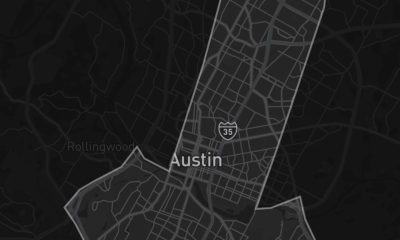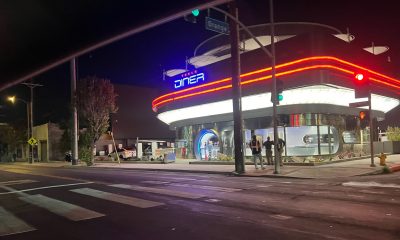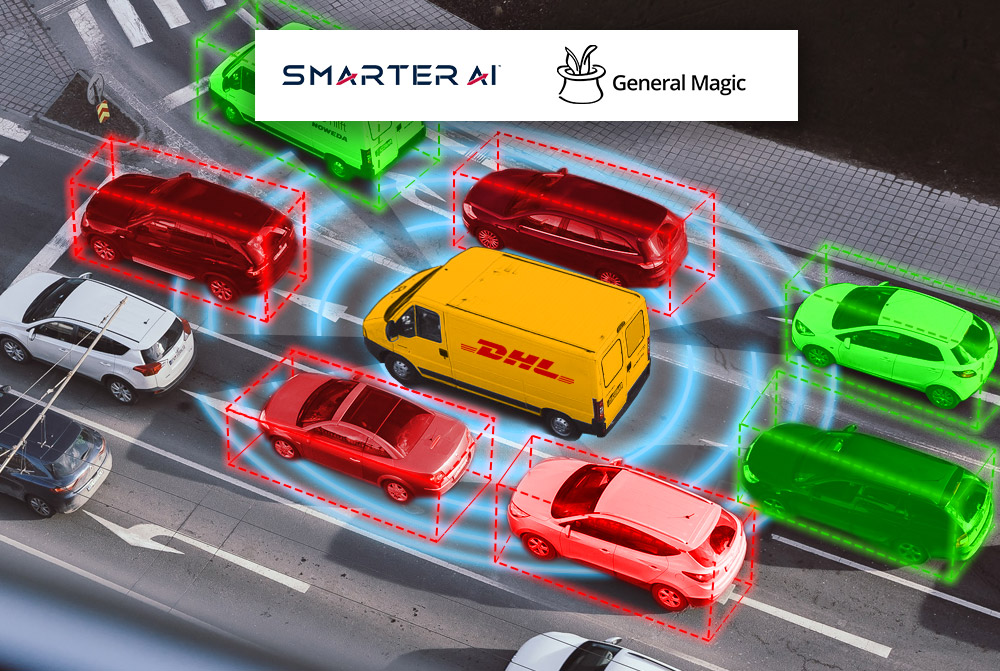

News
How Starlink & T-Mobile’s partnership will impact 5G for the better for AI cameras
Starlink and T-Mobile’s partnership will be revolutionary for cellular service and Smarter AI CEO Chris Piche had some thoughts on how the new partnership will impact 5G capability for the automotive industry.
Chris, who has created services including AT&T TV, BBM Video, Poly Video, and STUN/TURN/ICE shared his thoughts on the effect of 5G on vehicles and telecommunications in an interview with Teslarati.
AI Cameras, Tesla, Starlink & autonomous vehicles
Before founding Smarter AI, the Top 40 under 40 entrepreneur’s company created a technology that BlackBerry licensed to enable voice and video calling. This gave Chris a front-row seat to witness the speed at which technology can transform markets.
Smarter AI is a software platform for artificial intelligence cameras.
“Smarter AI is to cameras as Android and iOS are to phones,” he told me. The company’s first vertical market is focusing on transportation. Vehicle camera systems such as dash cams or other camera systems for larger vehicles are in this market.
“The connection here with Tesla, Starlink, and T-Mobile is all around autonomous transportation. Today’s autonomous transportation whether it’s in Tesla or another kind of vehicle all relies on line of sight situational awareness. In Tesla’s case, they rely on some cases exclusively and other cases primarily on cameras and computer vision to try to understand what’s happening around the car.”
“Many of their competitors use LiDAR and don’t rely on cameras. But in both cases, it’s all based on line of sight. What they can actually see in a straight line.”
Seeing beyond the line of sight
Chris told me that one of the new technologies that Smarter AI and other companies are developing is called vehicle to vehicle (V2V) or vehicle to everything else (V2X).
“These technologies enable cars to see beyond line of sight. Imagine you’re coming to an intersection and are planning to take a turn.”
Instead of waiting to see what’s ahead of you on the street, you’re turning on to, the technology will tell you exactly what is ahead. There could be a stopped car, a pedestrian about to jaywalk, or some type of temporary obstruction that you are unaware of.
“Imagine if there was a camera system located at the intersection. Imagine that as your vehicle is approaching that intersection, your vehicle could communicate with the camera and the camera could tell your vehicle that there’s some sort of obstacle.”
An autonomous vehicle would use this information to determine whether or not it can make that turn. This technology, Chris told me, relies on high-capacity and high-availability communications networks such as 5G.
Starlink & T-Mobile’s partnership could help with the challenges of implementing V2V and V2X
“One of the challenges with implementing technologies like V2V or V2X on top of 5G is that 5G deployments tend to be pretty good and getting better in large urban areas.”
5G is pretty spotty in Baton Rouge and personally, 4G LTE works faster than 5G does for me although there’s a tower across the street from me. Chris, who is in Las Vegas, said that the coverage is pretty good for his friend with AT&T. He doesn’t have AT&T and his coverage is pretty spotty like mine is.
“But this agreement with Starlink and T-Mobile has the promise or the potential to either eliminate or significantly reduce the spottiness in the 5G coverage and that will enable technologies that are designed on top of 5G such as V2V and V2X to work either more reliably in urban areas where 5G is already available but is a little bit spotty,” he said.
“It would also enable these technologies to work in other areas where there is no 5G. We think this is a really significant announcement in terms of the promise of autonomous transportation and bringing it much closer to being a reality.”
How V2V and V2X could improve Tesla’s Autopilot
Chris told me he’s been using Tesla’s Autopilot for around five years.
“It’s so good. It’s to the point that for the things it can see, it’s a way better driver than I am,” he said adding that when he drives for over a couple of minutes, he engages Autopilot. However, there are a couple of things that it lacks.
“It can’t see that far ahead and it lacks context. Sometimes, if there’s a car making a turn in front of my car, the Autopilot won’t understand the context that maybe this other car is momentarily in front of mine. And if I was driving, I’d keep driving. I wouldn’t take my foot off the accelerator or slam on the brakes unless I could see that something was going wrong with the turn that the other car was making.”
One way to improve Autopilot is through V2V or V2X, Chris explained.
“In V2V, my car would talk to the car that’s making the turn in front of me and they would orchestrate the speed and direction of both of the cars so that the car in front of me could make its turn and my car could continue driving without slamming on the brakes.”
“With V2X, that would enable my car to talk to the cameras, traffic lights, and intersections to gain situational awareness about either other cars that aren’t equipped with the same technology or about other objects such as bicycles, pedestrians, or other obstacles on the street.”
Note: Johnna is a Tesla shareholder and supports its mission.
Your feedback is important. If you have any comments, or concerns, or see a typo, you can email me at johnna@teslarati.com. You can also reach me on Twitter at @JohnnaCrider1.
Teslarati is now on TikTok. Follow us for interactive news & more.
Elon Musk
Tesla’s Robotaxi expansion wasn’t a joke, it was a warning to competitors
Tesla might have made a joke with its first Robotaxi service area expansion, but it was truly a serious warning to its competitors.
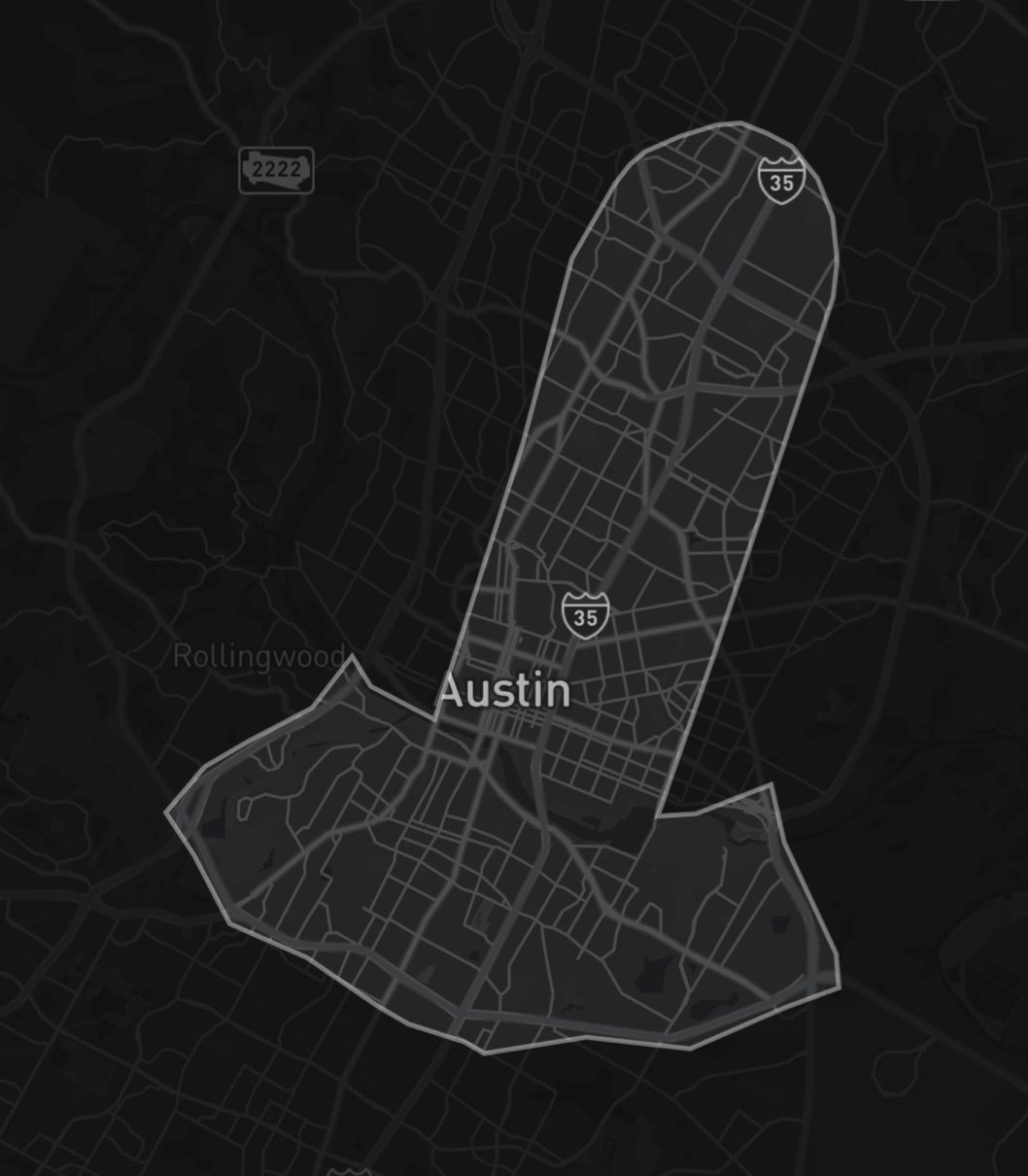
Tesla’s Robotaxi expansion occurred for the first time on Monday, and while the shape of its new service area might be “cocky,” it surely is not a joke. It’s a warning to competitors.
Robotaxi skeptics and Tesla opponents are sitting around throwing hate toward the company’s expansion appearance. Some called it “unserious,” and others say it’s “immature.” The reality is that it has a real meaning that goes much further than the company’s lighthearted and comical attitude toward things.
Proudly unserious
— Tesla (@Tesla) July 14, 2025
For context, Tesla has routinely used the number 69 as a way to price things it sells. 420 is another, an ode to cannabis culture. A few years back, it actually priced its Model S flagship sedan at $69,420. The first rides of the Robotaxi fleet were priced at $4.20. They are now being increased to $6.90.
Some call it childish. Others call it fun. The truth is, nobody is doing it this way.
Tesla updates Robotaxi app with several big changes, including wider service area
But today’s expansion of the Robotaxi service area in Austin is different. Tesla did not expand its shape to different neighborhoods or areas of the City of Austin. It did not expand it by broadening the rectangle that was initially available. Instead, it chose a different strategy, simply because it could:
🚨 Tesla’s new Robotaxi geofence is…
Finish the sentence 🥸 pic.twitter.com/3bjhMqsRm5
— TESLARATI (@Teslarati) July 14, 2025
Tesla could have done anything. It could have expanded in any direction, in any way, but it chose this simply because it has gotten Robotaxi to the point that it can broaden its service area in any direction. It chose this shape because it could.
Other companies might not have the same ability. Of course, many companies probably would not do this even if it could, simply because of the optics. Tesla doesn’t have those concerns; it has been open about its ability to be funny, and yes, immature, at times.
But in reality, it was a stark warning to competitors. “We can go anywhere in Austin, at any time, and we’re confident enough to make a joke about it.”
Tesla’s Robotaxi geofence in Austin grows, and its shape is hard to ignore
As Tesla is already aiming to expand to new states and high-population areas, and with applications filed in Arizona and California, Robotaxi will be in new regions in the coming weeks or months.
For now, it remains in Austin, and Tesla is sending a message to other companies that it is ready to go in any direction. The driverless Robotaxi fleet, bolstered by billions of miles of data, is ready to roam without anyone at the wheel.
News
Tesla Robotaxi has already surpassed Waymo in this key metric
Tesla Robotaxi has already overtaken Waymo in Austin in one key metric, but there’s still more work to do.
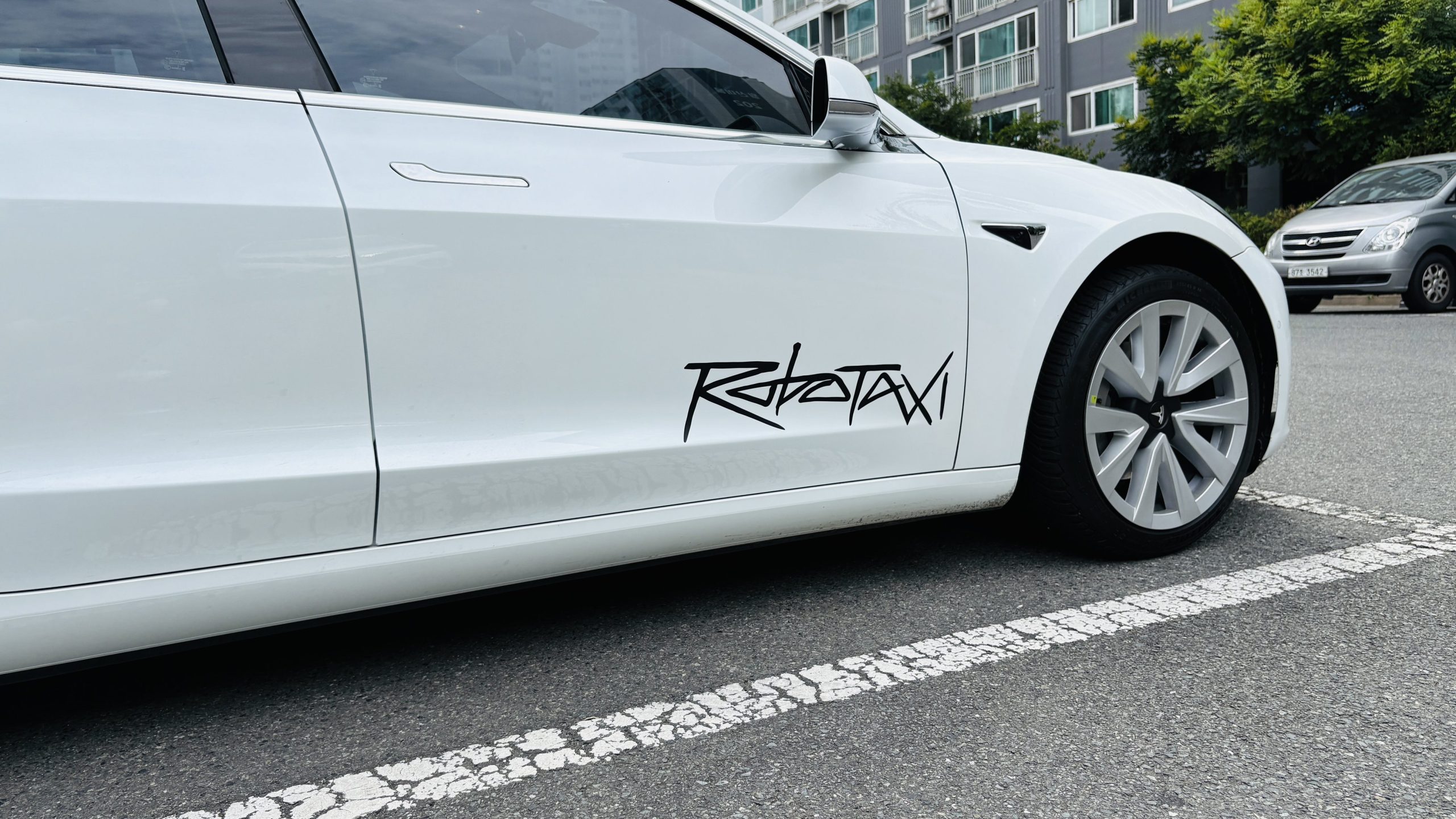
Tesla Robotaxi has already surpassed Waymo in one extremely important key metric: size of service area.
Tesla just expanded its service area in Austin on Monday morning, pushing the boundaries of its Robotaxi fleet in an interesting fashion with new capabilities to the north. Yes, we know what it looks like:
🚨 Tesla’s new Robotaxi geofence is…
Finish the sentence 🥸 pic.twitter.com/3bjhMqsRm5
— TESLARATI (@Teslarati) July 14, 2025
The expansion doubled Tesla Robotaxi’s potential travel locations, which now include the University of Texas at Austin, a school with over 53,000 students.
The doubling of the service area by Tesla has already made its travel area larger than Waymo’s, which launched driverless rides in October 2024. It became available to the public in March 2025.
According to Grok, the AI agent on X, Tesla Robotaxi’s current service area spans 42 square miles, which is five square miles larger than Waymo’s service area of 37 square miles.
Tesla Robotaxi (red) vs. Waymo geofence in Austin.
Much can be said about the shape… but the Robotaxi area is now ~3.9 mi² (10 km²) larger than Waymo’s!! pic.twitter.com/dVfh2ODxJC
— Robin (@xdNiBoR) July 14, 2025
The service area is one of the most important metrics in determining how much progress a self-driving ride-hailing service is making. Safety is the priority of any company operating a ride-hailing network, especially ones that are making it a point to use autonomy to deploy it.
However, these companies are essentially racing for a larger piece of the city or cities they are in. Waymo has expanded to several different regions around the United States, including Arizona and Los Angeles.
Tesla is attempting to do the same in the coming months as it has already filed paperwork in both California and Arizona to deploy its Robotaxi fleet in states across the U.S.
As the platform continues to show more prowess and accuracy in its operation, Tesla will begin to expand to new areas, eventually aiming for a global rollout of its self-driving service.
News
Tesla Megapacks arrive for massive battery replacing coal plant
Tesla Megapacks have started arriving on-site to the Stanwell Battery Project, just as Queensland prepares to wind down the Stanwell coal plant.
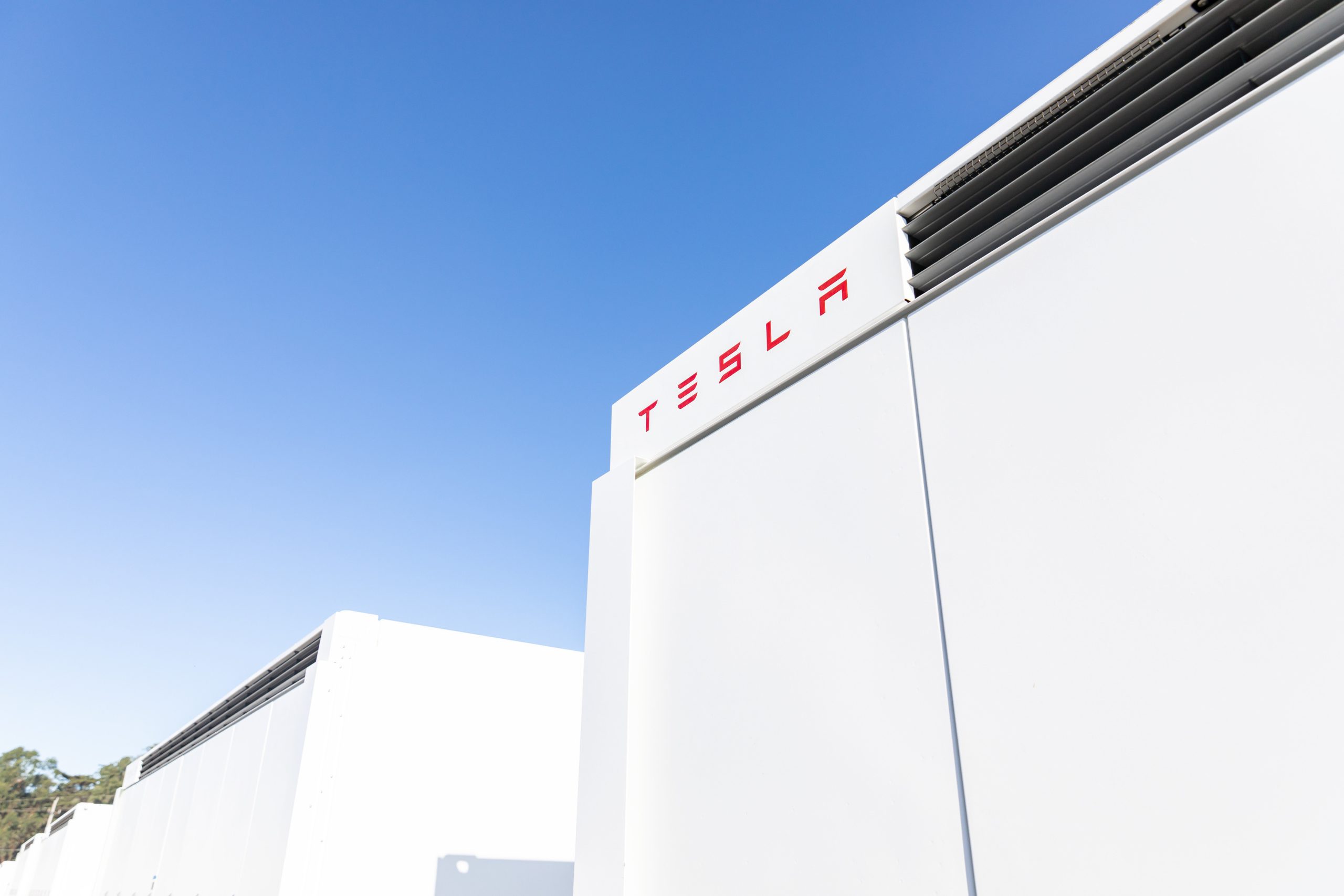
The first of over 300 Tesla Megapacks have arrived to the site of a massive battery energy storage system (BESS) being built in Australia, dubbed the Stanwell Battery Project after a coal plant it’s set to replace.
In a press release last week, the Stanwell Battery Project announced that the first Tesla Megapack 2XL units had arrived to the site, which is located outside of Rockhampton in Queensland, Australia. The project will eventually feature 324 Megapack units, set to arrive in the coming months, in order to support the 300MW/1,200MWh battery project.
“The Stanwell Battery is part of the diversification of our portfolio, to include cleaner and more flexible energy solutions,” said Angie Zahra, Stanwell Central Generation General Manager. “It is just one part of the 800 MW of battery energy storage capacity we have in our pipeline.
“Capable of discharging 300 MW of energy for up to four hours (1,200 MWh), our mega battery will be one of the largest in Queensland.”
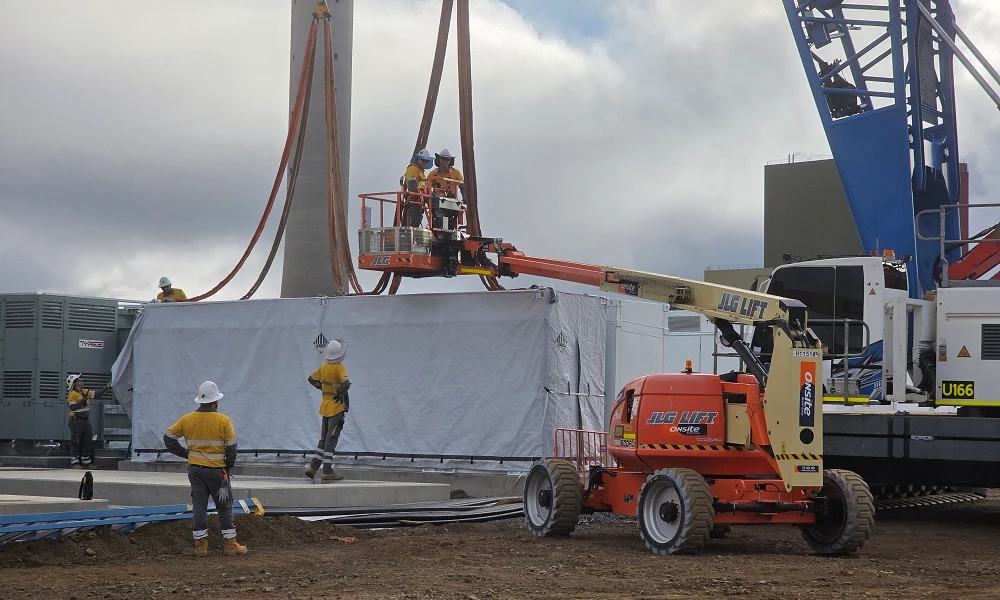
Credit: Stanwell
Did you know Tesla’s Lathrop facility churns out a Megapack every 68 minutes? That’s enough energy to power 3,600 homes for an hour per unit! ⚡️ pic.twitter.com/bG6fpHkB9O
— TESLARATI (@Teslarati) June 11, 2025
READ MORE ON TESLA MEGAPACKS: Tesla Lathrop Megafactory celebrates massive Megapack battery milestone
The state is working with government-owned company Yurika to facilitate construction, and the process is expected to create roughly 80 jobs. The project is expected to come fully online in May 2027, with initial commissioning of the Megapacks aiming for November 2025.
The Stanwell Battery is set to replace the nearby Stanwell coal generation plant, which the government is planning to wind down starting in 2026 as part of efforts to reach an 80 percent renewable energy generation ratio by 2035. Meanwhile, the government is also set to begin winding down the Tarong and Callide coal plants, while several other Megapack projects are being built or coming online. o ya
Tesla currently has two Megapack production facilities, located in Lathrop, California, in the U.S. and another that came online earlier this year in Shanghai, China. The Shanghai Megafactory shipped its first units to Australia in March, while both factories are expected to be capable of producing 10,000 Megapack units per year upon reaching volume production.
-

 Elon Musk2 weeks ago
Elon Musk2 weeks agoTesla investors will be shocked by Jim Cramer’s latest assessment
-

 News2 days ago
News2 days agoTesla debuts hands-free Grok AI with update 2025.26: What you need to know
-

 Elon Musk5 days ago
Elon Musk5 days agoxAI launches Grok 4 with new $300/month SuperGrok Heavy subscription
-

 Elon Musk7 days ago
Elon Musk7 days agoElon Musk confirms Grok 4 launch on July 9 with livestream event
-

 News2 weeks ago
News2 weeks agoTesla Model 3 ranks as the safest new car in Europe for 2025, per Euro NCAP tests
-

 Elon Musk2 weeks ago
Elon Musk2 weeks agoxAI’s Memphis data center receives air permit despite community criticism
-

 News4 days ago
News4 days agoTesla begins Robotaxi certification push in Arizona: report
-
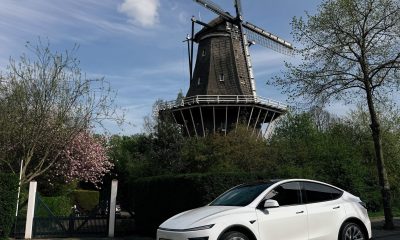
 News2 weeks ago
News2 weeks agoTesla sees explosive sales growth in UK, Spain, and Netherlands in June


